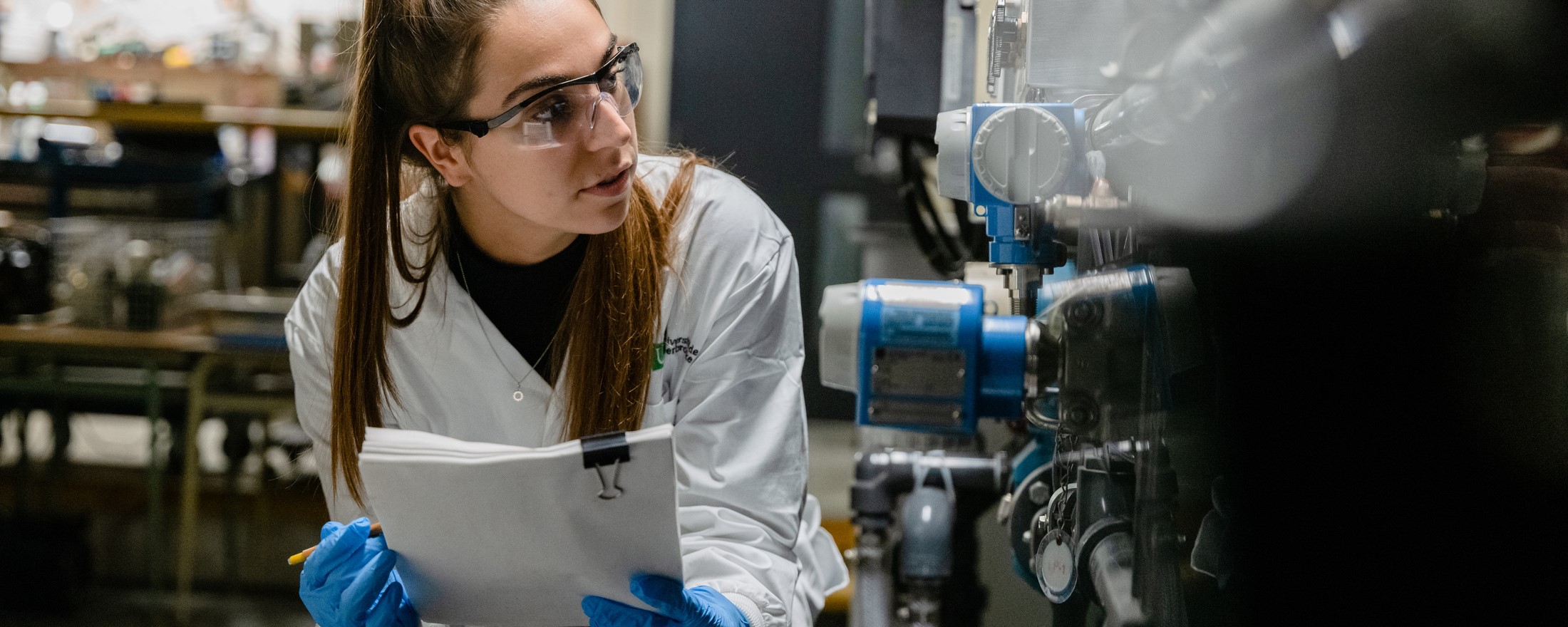Human movement signature analysis
Overview
- RESEARCH DIRECTION
- Karina Lebel, Professeure - Department of Electrical and Computer Engineering
- ADMINISTRATIVE UNIT(S)
-
Faculté de génie
Département de génie électrique et de génie informatique
Département de génie mécanique
- LEVEL(S)
-
2e cycle
3e cycle
Stage postdoctoral - LOCATION(S)
- Centre de recherche sur le vieillissement, CIUSS de l'Estrie-CHUS
Project Description
• Human movement analysis is of interest to you? • You wonder about how technology can help for clinical movement analysis? • You would like to work in an interdisciplinary team? • You are curious, motivated, resourceful, responsible and you have initiative? • You want your technical knowledge to be used to solve clinical problems? Then you should consider joining our team! The SigMo group from the University of Sherbrooke, also associated with the Research Center on Aging, focusses on characterizing the signature of human movement to better understand and ultimately reduce mobility-related disabilities. In other words, when we perform a task (e.g., standing up, walking or talking), our brain sends coordinated instructions to our muscles to perform that task. We can thus say that each task has a particular signature. Various limitations (e.g., orthopedic issues, neurodegenerative condition such as Parkinson’s disease) affect that signature. Characterization of these signatures offers the potential to detect diseases earlier, to follow the evolution of a condition, or to validate the effect of a medication or a treatment. OK but what is really the job about? We work in interdisciplinarity with various types of motion capture equipment, ranging from optoelectronic camera systems (e.g., OptiTrack) to inertial sensors (e.g., Moven by Xsens), including traditional RGB cameras. We develop and validate analysis approaches to recognize autonomously the task performed and to characterize the quality of that task. These approaches may be based on conventional signal processing principles, may involve notions related to state estimator such as Kalman filters or even rely on deep learning principles. Regardless the approach, one thing remains: technical developments are anchored in clinical reality to develop solutions to serve people. Therefore, if: • You have a technical expertise related to signal analysis, programming, modelling, or artificial intelligence, • You want your technical knowledge to be used to improve technologies related to human movement analysis in healthcare contexts, • Curiosity, resourcefulness, professionalism, and open-minded well characterize you, • Being a member of an interdisciplinary team motivates you, Send your CV along with a motivation letter to: groupesignaturemvt@usherbrooke.ca
Discipline(s) by sector
Sciences naturelles et génie
Génie électrique et génie électronique, Génie mécanique
Funding offered
Yes
The last update was on 12 March 2024. The University reserves the right to modify its projects without notice.
